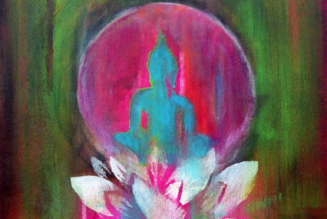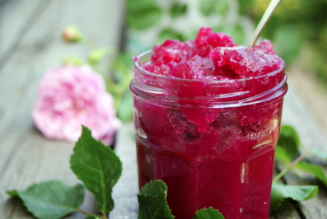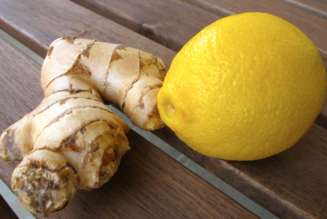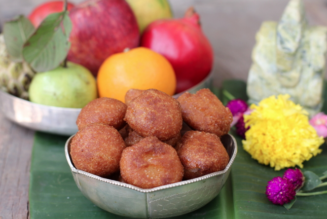Shatavari – An Excellent Female Tonic
Shatavari is a very popular pitta pacifying herb. It is referred to as “the woman who has a hundred husbands” and thereby suggestive of its properties of being an effective female reproductive system herb. However it can elevate kapha but pacifies vata, so its use must be carefully monitored. It is a tonic and a nutritive and it is also has wonderful anti-inflammatory effects. As a rejuvenative herb, it is especially helpful in cases of female reproductive debility, stomach ulcers and dehydration. Contraindications include high ama, excess mucous and also breast cancer/ fibroid tumors.
GREAT VIDEO ON SHATAVARI GHEE FOR WOMEN’S SUPPORT:
By Dr Monica B Groover of San Diego College of Ayurveda
Properties:
Shatavari is a heavy and oily herb and has a bitter sweet taste with a cooling effect in the body. Its post digestive effect is sweet and it is also effective on the digestive and respiratory systems.
Some indications, amongst others, include:
– Dysmenorrhea
– Menorrhagia
– Menstrual irregularity
– Inflammation
– Excess heat/ pitta
– Infertility
– Hot flashes/ dryness
– Crohns disease and dysentery
– Bleeding ulcer
– Gastritis
– Hyperaciditiy
– Increases lactation
– Low sperm count
A Word Of Caution:
It is important to be aware of some of the contraindications of using shatavari. In cases of excess kapha and/or ama it is not recommended. Weak agni and lung congestion are also contraindications as well as having a history or susceptibility of breast/ ovarian cancer. Always seek a physician’s advice before undertaking herbal supplementation.
Usage:
There are many combination compounds that involve shatavari to address certain conditions. Some being:
· Shatavari and Ashwagandha as a uterine tonic and for infertility
· Shatavari, Fennel and Fenugreek for increasing breast milk
· Shatavari, Amalaki and Manjistha & Kutki for intestinal inflammation
· Shatavari, Ashoka, Rose and turmeric for gynecological issues
Shatavari Ghee Recipe
A useful and delicious way to take shatavari is in a ghee. It is a wonderful way to combat high pitta whilst enjoying it in foods. It is very simple to make although does take a little time.
Ingredients:
This ghee can be used internally or even externally as a massage oil if indicated.
· 2oz Organic shatavari powder
· 32oz Spring water
· 8oz Organic ghee
1. Combine the powder and water into a pan and heat on medium/high heat stirring frequently (wooden spoons are best used here) until the mixture is reduced by a quarter. In other words, from 4 cups of water to 1 cup – may take up to an hour.
2. Once cooled, strain the mixture into a glass jar using a cheesecloth or a cotton muslin cloth. The glass jar will hold the pure shatavari decoction.
3. Add the ghee to a pan and pour in the strained shatavari liquid. Keep under medium heat and stir frequently until the water is completely boiled off. This can take up to 2 hours.
4. Finally transfer the shatavari ghee to a glass jar with airtight lid. Enjoy!
Shatavari Kalpa
A delicious way to consume shatavari is in a kalpa. A kalpa is simply a herb sauted with certain spices and sugar. The main purpose of making kalpas is to combine specialized herbal medicines to enhance their subtleness and thereby being able to work effectively on a deep cellular level. Shatavari kalpa is a delicious yet effective way to rejuvenate and build the body.
Ingredients
· 5oz of Shatavari
· 2 tbsp of Ghee
· ½ tsp of Cardamom
· 3-4 oz Dates or Sucanut Sugar
· 1 Pinch of Saffron
1. Heat a pan and add the ghee. Add the shatavari powder and saute for a few minutes.
2. Add the suger and saute for a further few minutes.
3. Finally add the spices and cook stirring frequently until the mixture has browned and well combined. The final mixture should be somewhat granular. Enjoy!
The traditional recipe of a kalpana would usually involve a decoction process of shatavari in water. With the addition of sugar and cardamom this mixture would be very effective in targeting the deep cellular levels of the body. Thus it would serve to reprogram the intelligence and mechanism of the body. However as it can be a lengthy process, the simple recipe above is a more convenient (and delicious!) way to achieve some of these effects.
Disclaimer:
This is for educational purpose only and not to be considered medical advice. Before considering the use of shatavari always first discuss it over with your primary care physician and a qualified holistic professional.
References
· Lad, V. (1999). The complete book of Ayurvedic home remedies. New York: Three Rivers Press.
· Sharma, H. (2011). Ayurvedic Healing. Singing Dragon
· Lad, V. (2002). Textbook of Ayurveda. Albuquerque, N.M.: Ayurvedic Press.
· Lad, V., & Frawley, D. (1986). The yoga of herbs: An Ayurvedic guide to herbal medicine.
· Pole, S. (2013). Ayurvedic medicine the principles of traditional practice. London: Singing Dragon.
· Green, J. (2000). The herbal medicine-makers’ handbook a home manual. Berkeley, Calif.
· Svoboda, R. (1999). Ayurveda for women: A guide to vitality and health. Devon: David & Charles.
· Lonsdorf, N. (2004). The ageless woman: Natural health & beauty after forty Maharishi Ayurveda
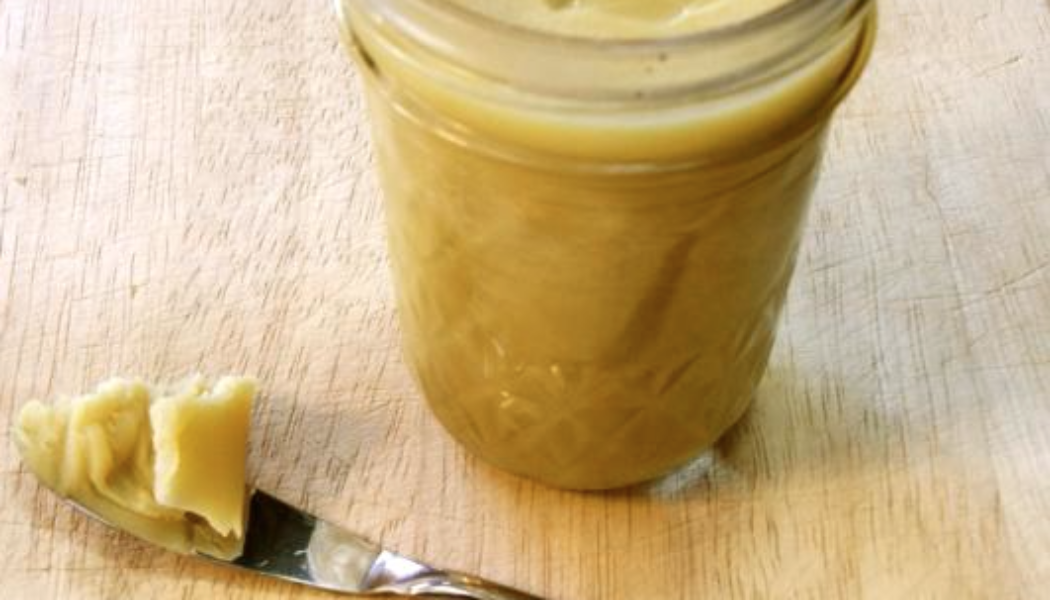
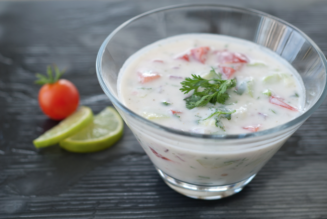

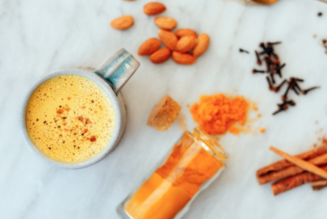
![Female Health: Amenorrhea [cessation of menses] – An Ayurvedic Perspective](https://healthyayurveda.com/wp-content/uploads/2015/07/1.-Amenorhea--327x219.png)
